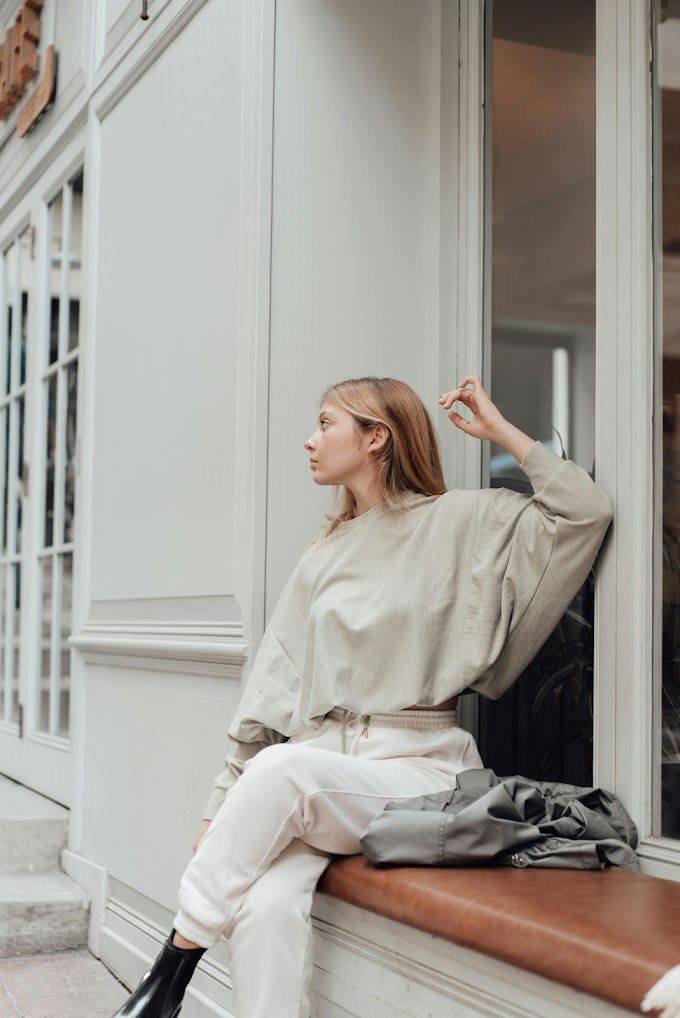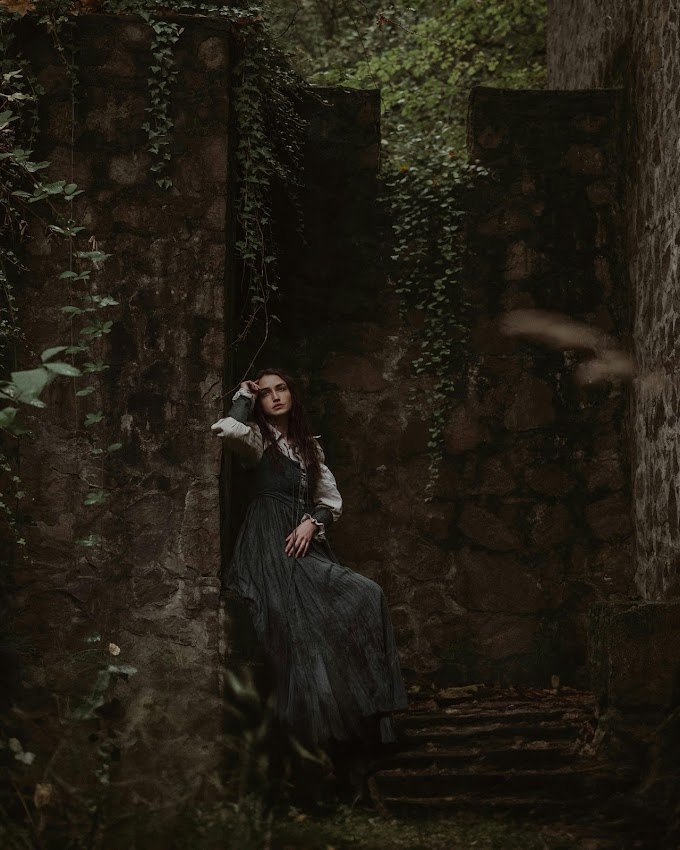1980s Hip-Hop Fashion: A Cultural Revolution in Style
It was the age when hip-hop became a dominant force in the culture, which emerged in the 1980s. Within this stage, hip-hop fashion played an important role in the evolution of the music genre consolidation into a salient feature of the times, depicting revolt, creativity, and self-definition. This article will explore 1980s hip-hop fashion from its genesis through defining characteristics, cultural influence, and lasting influence, further discussing how this revolutionary style shaped and reflected that decade's broader cultural and social landscape.
Origins of 1980s Hip-Hop Fashion
1. The Birth of Hip-Hop Culture
Hip-hop culture originated as a dynamic spint of street parties, block parties, and community celebrations in the South Bronx of New York City during the early 1970s. Hip-hop was much more than simply music, but an expression through rap, breakdancing, graffiti, or DJing. By the 1980s, the appeal of the culture had extended to around the city and the world.
The early hip-hop identity presented itself with very strong elements of community and individuality. As time went on, it began reflecting through life into all walks of life; the fashion was its one of the critical aesthetics. The style of the hip-hop pioneers reflected their experiences, aspirations, and the vibrant street culture from which the genre originated.
2. Influences and Inspirations
This diversity of influences saw hip-hop fashion influenced on the one hand by the street culture of the Bronx, and on the other, by the ethos of punk rock and its focus on individualism, and not lastly, the sportswear of the day. Early hip-hop fashion was also determined to stand out because of being an originalist and had therefore challenged the mainstream.
In the influences visible during this period there was flashy and flamboyant 1970s disco, the casual and sporty outfits during the 1980s and even vibrant streetwear in the urban neighborhoods. All these styles came together and resulted in a unique, distinctive style that represented hip-hop culture.
Defining Features of 1980s Hip-Hop Fashion
1. Bold and Vibrant Colors
The intensive use of highly vibrant colors was distinctive of hip-hop fashion in the 1980s. Neon pink, electric blue, and lime green bright shades dominated the style of clothing as well as accessories in that period. This reverence for strongly saturated colors was a profound expression of the general aesthetic of the period, which pronounced to exuberance and self-indulgence.
Using color-blocking techniques, hip-hop fashions placed contrasting colors in bold patterns and designs that result in a visually dynamic look that caught people's eyes and distinguished hip-hop fashion from other styles at the time.
2. Oversized Clothing
One of the salient features of the hip-hop look in the 1980s was the loose-fitting, ample clothing. Mainly, hip-hoppers and hip-hop artists wore very loose-fitting pants, flowing shirts, and oversized jackets. Such fashion indicated comfort and freedom in movement while shunning the more fitted styles and the conformist aspects of the mainstream fashion.
Oversized clothing was often worn daringly, full of patterns and graphics, and that all summed up the rebellious, almost individualistic, feeling of hip-hop fashion. The silhouette of hip-hop style as unique and distinctive was also greatly built into that oversized look..
3. Athletic and Sportswear Influences
Athletic and sportswear was a tremendous aspect of the fashion of 1980s hip-hop. Tracksuits, sneakers, and baseball caps became an integral part of the wardrobe. The Adidas, Nike, and Puma brands literally had considerable impacts on hip-hop culture to the extent that their products embodied the popular culture.
Comfort, and the ability to wear tracksuits off stage and on stage, made tracksuit a fashion staple of hip-hop. Popularized for their shiny polyester materials, these came to become a symbol in hip-hop. Sneakers would feature bold designs and bright colors, and were highly visible, not just in the artists' choices but also among their fans with displays of favorite brands and styles.
4. Graphic Prints and Logos
Graphics prints and logos were instrumental in the hip-hop fashion of the 1980s. They came in graphic prints as a part of clothing: T-shirts, sweatshirts, and jackets with powerful graphics featuring logos, slogans, and artwork. These were used as messages, affiliations, and even statements.
Graphics prints reflected hip-hop's DIY ethos and its bent for individuality. So artists and their fans were pretty active in decorating their clothing with painted-on designs, patches, and iron-on transfers to further personalize and even out their outfits.
5. Jewelry and Accessories
Jewelry and accessorizing were huge parts of hip-hop fashion in the 1980s; bold, eye-catching pieces symbolized success and status. "Large gold chains, oversized medallions, and hoop earrings are just a few examples of the materials worn by hip-hop artists and enthusiasts.".
In fact, jewelry became one of the major focal points of flashy overindulgence and in the popularization of glamour as part of hip-hop culture. The artists flaunted mainly through very explosively accessorized jewelry their accomplishments.
6. Hat Styles
Hats are now a constant fixture in 1980s hip-hop fashion culture as the styles become numerous and iconic within the urban scene. More especially, the baseball cap style comes in flat-brimmed versions worn forwards and backwards with big logos and graphics, which was afterwards emulated by all other bucket hats and snapbacks to create one of the most diverse headwear styles in hip-hop fashion.
Hat styles added and enhanced the general look, so this supplemented another aspect of personality and flair as added to hip-hop clothing in its overall outlay. Choices of hats generally reflected personal style and preference.
Cultural Impact of 1980s Hip-Hop Fashion
1. Influence on Mainstream Fashion
The style of the 1980s hip-hop style would go on to influence wider hip-hop culture and mainstream fashion and popular culture at large. The colors were bright, silhouettes large, and athletic wear that had defined hip-hop fashion began to appear in mainstream trends because designers and brands assimilated it into their lines.
It was the wider usage of over-size clothes, graphic prints, and sportswear elements that more influenced hip-hop fashion among the mass market. This cross-over impact is the reason why hip-hop style made its way to the shores of the world.
2. Representation and Identity
The designs for hip-hop fashion have become a defining aspect of defining the representation and identity of the genre and those who participate in it. Hip-hop fashion, unique in its nature, remains a showcase for individuals to represent themselves through their individuality, creativity, and cultural heritage through attire.
Bold bright wear, graphic prints and logos gave one pride in their hip-hop activism culture, a reason for one to be prideful of one belonging to that culture. It served to facilitate identity through fashion, but the statement regarding cultural relevance was created by flaunting outrageous fashion against the conformity of norms.
3. Media and Popular Culture
Another method through which hip-hop fashion expanded in the media and pop culture was through the use of hip-hop style by artists in music videos, television programs, and films for visual representation that translated to greater appreciation and acceptance across the world.
It is the iconic music videos by Run-D.M.C., Public Enemy, and LL Cool J that brought out hip-hop artists' fashion statements, the real sealers for popular culture. Media defined the fashion of hip-hop and helped it be a significant and recognizable cultural trend.
Legacy and Revival of 1980s Hip-Hop Fashion
1. Enduring Influence on Streetwear
The influence of 1980s hip-hop fashion is seen in modern streetwear. Many of the styles of hip-hop, including wearing oversized clothes and often in bright colors and graphic prints, are still featured in the current street fashion.
Today, many trendy streetwear brands take inspirations from early 1980s hip-hop styles. The renewed old hip-hop fashion of the yesteryears speaks of its timelessness in this era and to the influence it has had on the current industry.
2. Revival of Iconic Brands
Iconic brands from the 1980s, such as Adidas, Nike, and Puma, saw a resurgence in popularity as it became fashionable to be associated with hip-hop culture. The reason is simple: each of these brands maintains its continuation, expressing its retro spirit through collections and collaborations with hip-hop artists.
The revival of these brands informs people that fashion inspired by 1980s hip-hop will always play a role in the business of fashion. The co-link with hip-hop culture has maintained these brands and their products in the limelight.
3. Cultural Celebrations and Exhibitions
It develops cultural impact through exhibitions, events, and retrospectives. Hip-hop fashion's story has earned its key place in the broader cultural landscape because of its historical value and thus is greeted in museums, galleries, and other cultural institutions.
These exhibitions and celebrations help preserve the legacy of 1980s hip-hop fashion while educating new generations about its influence on the culture and fashion. They also represent the opportunity to explore continued relevance and influence of hip-hop style.
Conclusion
Radical and revolutionary, the 1980s hip-hop was dressing the landscape and remapping how people wore clothes. Bold as it became in its colorfulness of clothes, massive sizes, prints, and the influences it garnered from athletic wear, however, the hip-hop fashion became a symphony for rebellion, creativity, and individuality.
Indeed, the culture of 1980s hip-hop fashion exceeded the confines of that genre and influenced the mainstream, media, and popular culture. Resonance today within contemporary streetwear and fashionable trends is proven because this style is iconic.
As we look back to the 1980s and the hip-hop phenomenon in concern to fashion, we celebrate its definition of the era and direction of the future to come in the world of fashion. Style, today, is a powerful example of creativity with an impact from hip-hop culture, inspiring new generations and continuing to influence not only fashion but much beyond it.








